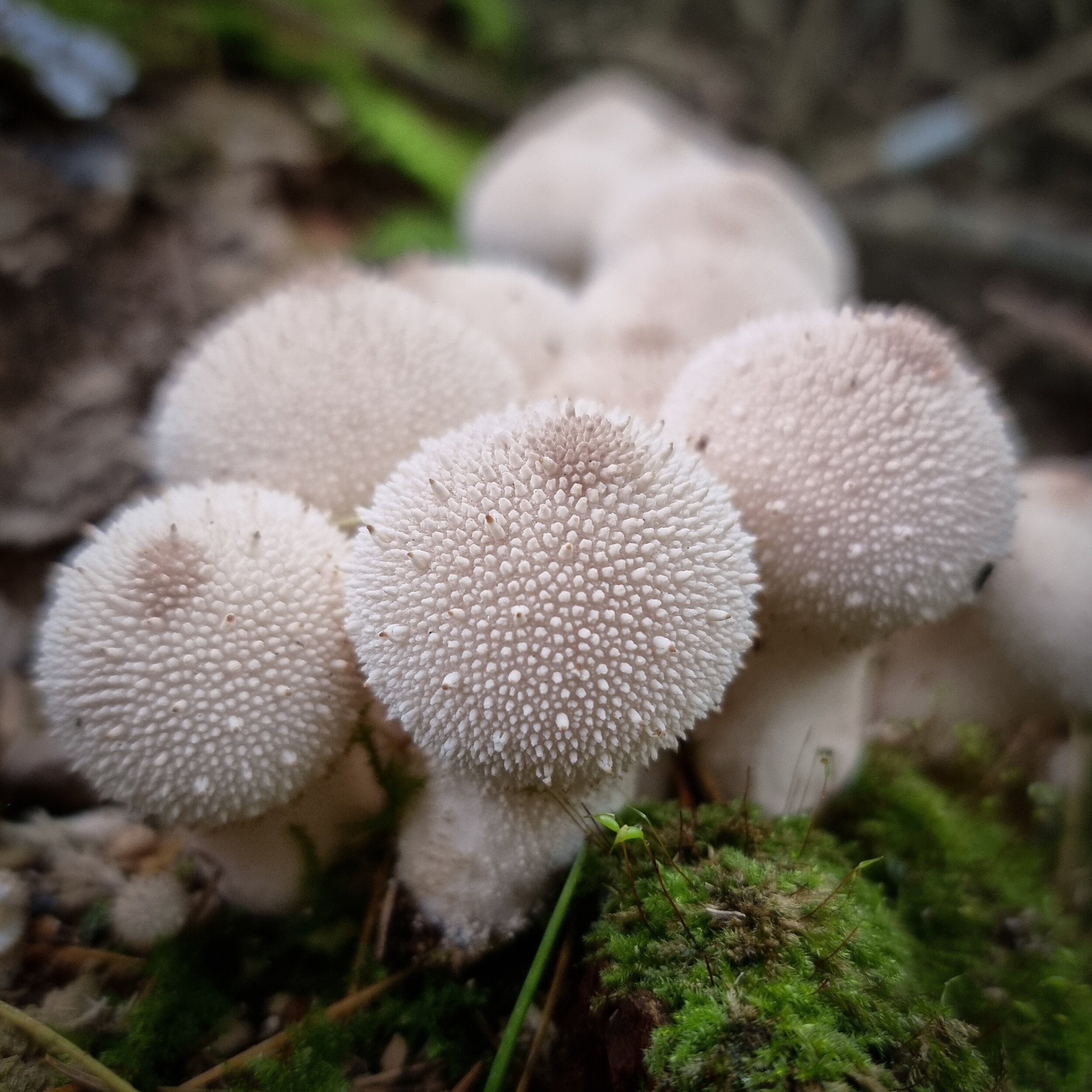Common puffball
A choice autumnal mushroom which resembles mozzarella in texture. A little bland on its own. But once cooked down, its an absolutely beautiful edible.
Beefsteak Fungus
A choice autumnal mushroom which resembles beef in appearance, but not in taste.
Wild Marjoram
A stunning native wild herb. Oregano is an aromatic herb often associated with Italian cuisine. It is actually the same species as our wild marjoram. But, with our cooler climate in the UK, wild marjoram develops a slightly different scent.
Cherry Plum
The first prunus species to flower in spring, the flowers taste of almonds. But later produce juicy edible fruits, which pair wonderfully with so many different dishes!
Marsh Samphire
An absolute staple of any coastal foragers larder. Juicy, salty & abundant. Featured heavily on restaurant menus across the UK, and, it's free!
Meadowsweet
In our opinion much nicer than Elderflower, with its almond/vanilla scent. It's massively abundant making it a guilt free forage.
Beach Rose
The best of all wild rose petals in our opinion. They are massively fragrant and produce large rosehips later in the season.
Golden Chanterelle
One of the best edible mushrooms in our opinion. Usually growing in groups and it’s an easy spot amongst the forest floor.
European Blueberry
A low growing shrub which produces the most delicious blueberries. Their flavour is vastly better than shop bought varieties.
Scots Pine
Scots pine is the only truly native pine in the UK. It thrives in heathland and is widely planted for timber. We mostly use it for its pollen and young pine cones for culinary uses.
Douglas Fir
Our absolute favourite in spring & early summer for collecting the new growth tips. They have a wonderful citrusy, tangerine & grapefruit flavour & smell.
Oxeye Daisy
The young leaves are excellent for salads and the unopened flowers make delicious capers.
Chicken Of The Woods
A choice spring & summer mushroom which resembles chicken in texture and taste.
Ground Elder
A shade loving edible brought over by the romans (thankyou!). A pest for many gardeners, I wonder how many know they can eat it?






























